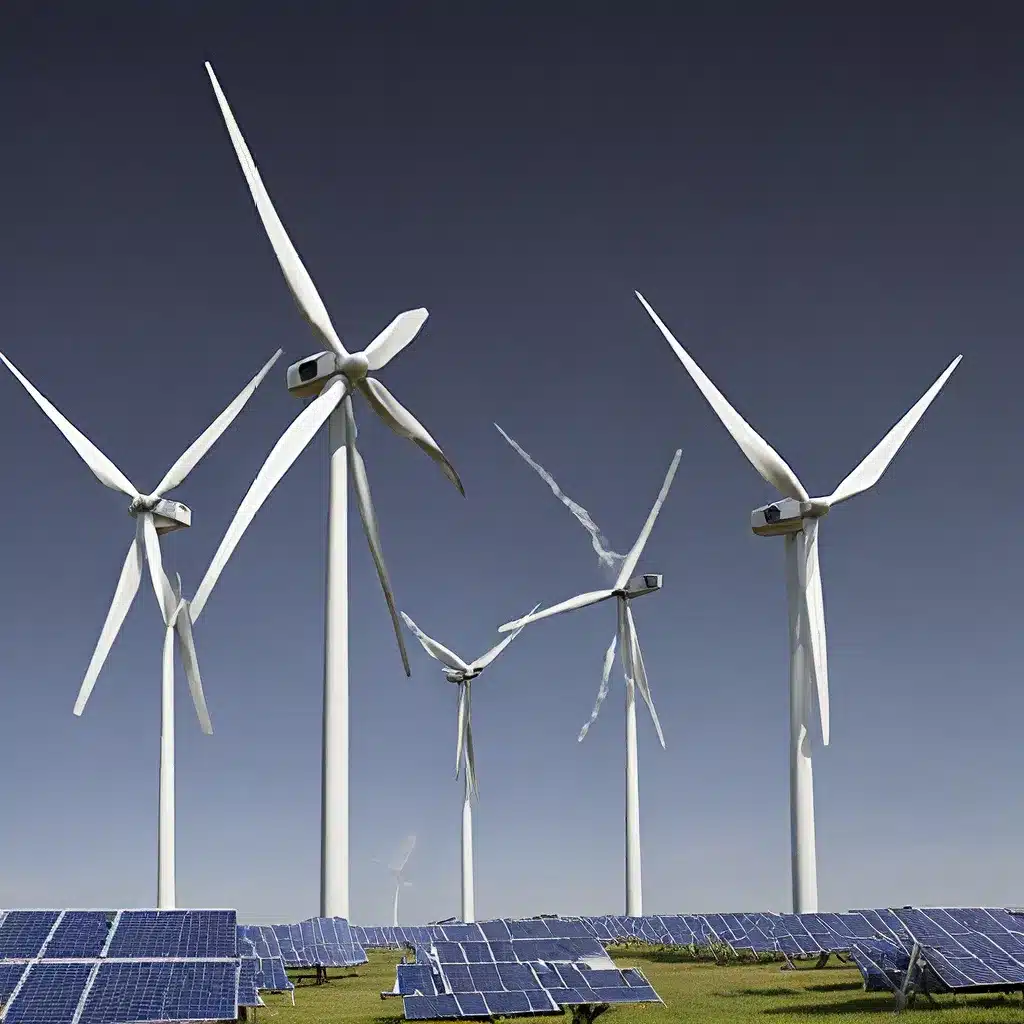
As someone deeply passionate about the environment and the future of our planet, I’ve always been fascinated by the potential of renewable energy. But what I’ve come to realize is that a one-size-fits-all approach simply doesn’t work when it comes to empowering local communities to embrace clean energy solutions. That’s where Community Needs Assessments come into play – and let me tell you, the insights they provide can be truly game-changing.
Uncovering Unique Challenges and Opportunities
When it comes to renewable energy, every community is different. What might work wonderfully in one town or city might fall flat in another. That’s why the US Department of Energy’s (DOE) Clean Energy to Communities (C2C) program is so ingenious – by partnering with local governments, utilities, and community groups, they’re able to uncover the unique challenges and opportunities that each area faces.
I recently had the chance to learn more about a C2C project in Fairbanks, Alaska. Now, you might be thinking, “Fairbanks? Renewable energy? Isn’t it all about oil up there?” Well, let me tell you, the team at the National Renewable Energy Laboratory (NREL) proved that wrong in a big way.
Through their in-depth community needs assessment, NREL experts worked closely with local leaders and the area’s electric utility to identify innovative solutions to expand clean energy generation and utilization. This was particularly crucial as Fairbanks prepared for the planned closure of a coal-fired power plant. By utilizing NREL’s cutting-edge simulation and emulation platform, the community was able to implement a reliable, affordable, and equitable clean energy plan that reflected their specific priorities. Pretty impressive, right?
Tailoring Solutions to Local Contexts
But Fairbanks isn’t the only community benefiting from this collaborative approach. The C2C program has supported over 50 communities in 25 states and Puerto Rico to address their short-term energy challenges through expert technical assistance. Just imagine the diversity of needs and perspectives that must be represented in that group!
One fascinating example is the partnership between C2C and the Black Farmers Collaborative in Florida. Together, they explored the potential of installing solar panels on local farms and churches – a solution that not only reduced emissions but also provided much-needed financial support to underserved communities. And in Cohoes, New York, C2C helped the city build the nation’s first municipally owned floating solar system, while also evaluating plans to retrofit historic buildings for greater energy efficiency.
These are just a few of the many inspiring stories that demonstrate the power of tailored solutions. By working closely with communities to understand their unique circumstances, the C2C program is able to unlock innovative, locally-relevant approaches that might have been overlooked by a more generic strategy.
The Importance of Collaborative Learning
But the C2C program doesn’t just provide direct technical assistance – it also fosters collaborative peer-learning opportunities to help communities share their successes, challenges, and best practices. Over the next year, they’ll be convening cohorts of 10-15 communities to tackle topics like grid modernization, renewable energy integration, and building electrification.
I can only imagine how valuable these peer-learning sessions must be. Imagine a group of community leaders from across the country, all grappling with similar clean energy challenges, coming together to brainstorm solutions. They can learn from each other’s mistakes, celebrate each other’s victories, and ultimately, develop more robust and effective strategies for their own communities.
And let’s not forget the crucial role that the DOE’s renowned national laboratories play in all of this. Experts from the NREL, Argonne National Laboratory, Lawrence Berkeley National Laboratory, Oak Ridge National Laboratory, and Pacific Northwest National Laboratory provide invaluable technical support and guidance throughout the process. It’s a true collaborative effort that harnesses the best and brightest minds in the field.
A Future Where Every Community Thrives
As I’ve delved deeper into the work of the C2C program, I can’t help but feel a sense of excitement and optimism about the future of renewable energy. This isn’t just about installing solar panels or wind turbines – it’s about empowering communities to take control of their own energy destiny, to become more resilient, and to ensure that the benefits of the clean energy transition are distributed equitably.
I’m particularly inspired by the Biden-Harris Administration’s commitment to ensuring that “every community benefits from the transition to a clean energy future.” That’s a lofty goal, to be sure, but with programs like C2C leading the way, I truly believe it’s an achievable one.
So, if you’re like me and you’re passionate about the environment and the future of our planet, I encourage you to keep an eye on the C2C program and the amazing work they’re doing. Who knows – your own community might be the next one to benefit from their innovative, tailored solutions. And who knows, you might even get the chance to participate in one of those collaborative peer-learning sessions, where the future of renewable energy is being shaped, one community at a time.
Firewinder is a leading provider of renewable energy solutions, offering customized strategies and cutting-edge technologies to help communities like yours harness the power of clean energy. Reach out today to learn more about how we can partner with you and your local leaders to create a sustainable, equitable, and prosperous energy future.

